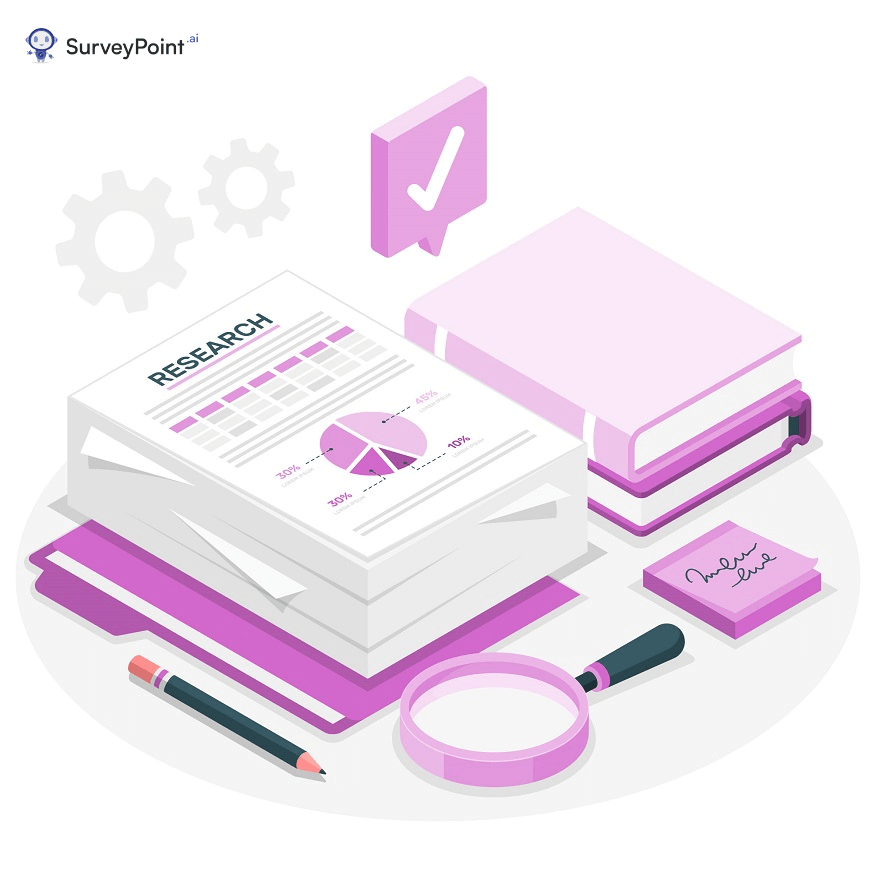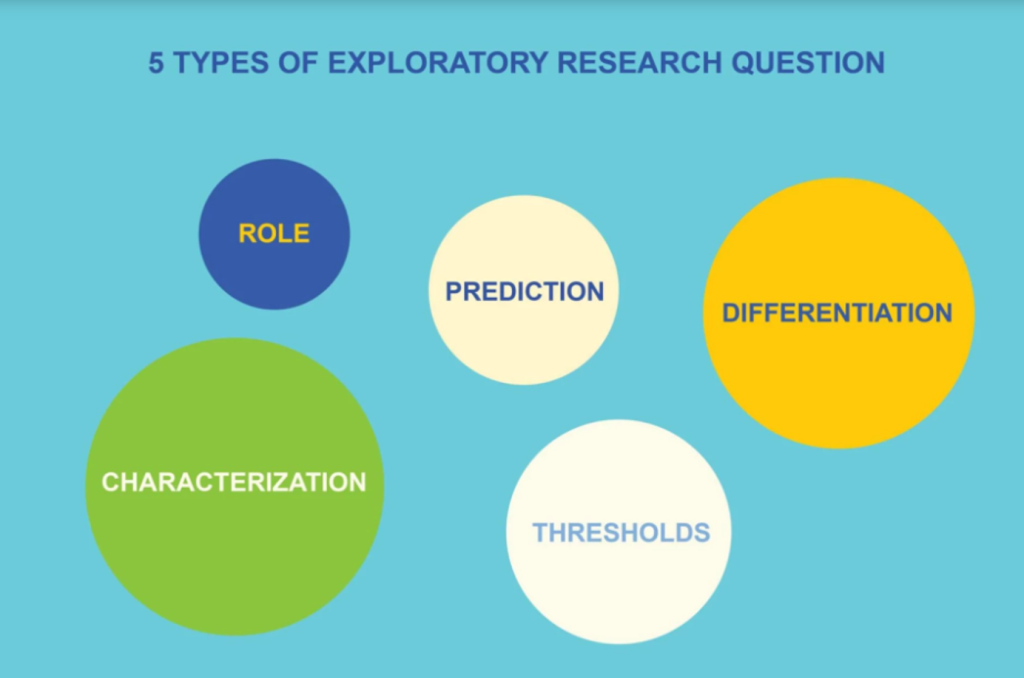
Research has opened new avenues in almost every field, and the urge for more is never-ending. It has proved vital for overall development, bringing innumerable benefits to the human race. There are different types of research and methodologies used to conduct dedicated research. Going through an exploratory research example and understanding its nuances can help make better distinctions between its types.
We will learn about the definition of exploratory research, its methodologies, its best examples, and some exploratory research questions in the blog post we are writing today. Let’s start now!
What is Exploratory Research?
Exploratory research is a form of study technique used to investigate and explore research problems. In this research, the questions are often issues that need in-depth study but are not fully understood.
The research gives a more detailed framework for the research subject because it tries to collect preliminary data. Exploratory research is not required to be able to provide clear answers or conclusions to the study issue.
Before beginning their exploratory study, the researcher must, however, have a clear understanding of the research subject or question. They can use it to determine whether the question warrants further investigation. Exploratory research has a wide range of advantages, such as:
- It creates the foundation for further investigation into the same topic by you or other researchers.
- It provides independence so that you can proceed at your own pace because there is no predetermined structure to adhere to.
- Due to its reliance on secondary sources, exploratory research is economical.
- New trends, patterns, and links in the data can be found with the aid of exploratory research.
- It may inspire fresh concepts and theories for further investigation.
- Exploratory research can be helpful when there is little information available on a subject or when the subject is intricate and diverse.
Exploratory Research Example & Methods
Broadly we can categorize the exploratory research methods into two categories: Primary and Secondary. Let’s take a closer look at each of them below:
Primary Research Methods
This research method is associated with collecting data directly from the source or the subject. The source can be any individual, group, or organization. There are various ways in which primary research is conducted like:
- Interviews: This is a very common primary research method. Here the researcher asks predetermined questions from individuals. This method provides rich, quality, in-depth information to the researcher.
- Surveys: Another widely used method is preparing a questionnaire about the subject you are surveying. You can leverage tools like SurveyPoint that allow you to prepare attractive surveys in no time.
- Observations: This is the simplest of all, where the researcher gathers data just by observing the subject.
Secondary Research Methods
This type of research method includes using the already available data to collect information about your research topic. It can be done in various ways, and some of them are:
- Literature Review: It involves collecting data from available research publications, journals, magazines, etc. You can fill your knowledge gaps on your research topic by comprehending them.
- Case Studies: Another excellent secondary research method is looking at case studies. Case studies are assessments of specific cases in a real context.
- Virtual Study: Online sources can also provide you with information really quickly and easily but keep in mind their reliability. Always check the references of any article or blog you read online.
ALSO READ: Data Collection Methods: Primary Vs. Secondary Methods Exploratory Research Example & How To Get Started?

Now, you may be pondering how to execute your exploratory research. Well, there is no stringent order or format for this. You can do your research in whichever way suits you the best. However, you should consider your research question and data collection method before determining your research procedure.
When doing exploratory studies, remember these guidelines.
Determine Your Research Question
You must first and foremost decide what your research question or problem is.
- What kind of issue or concern is this?
- Is it worth looking into or not?
- Has it already been investigated or not?
Start by posing these straightforward queries to yourself.
Hypothesize
Now it’s time to develop a theory. Try to come up with an answer or solution for your chosen issue or problem.
Begin Thorough Investigation
You must now begin gathering data and analyzing it in order to get the intended outcomes. A proper, thorough approach should be taken when conducting the research.
Explanatory research is not only employed by scientists, archaeologists, etc. but is also an effective method in market research.
Various industries or companies use exploratory research example or techniques to make informed decisions on new products, services, or company regulations. It is not the best method for market research in every circumstance. Still, it can prove very beneficial in the right scenarios.
ALSO READ: Getting Started with Exploratory Data Analysis? Exploratory Research Example— A Closer Look
Take a look at these exploratory research examples in marketing for a better understanding.
A cosmetics company hired an advertising agency to promote its niacinamide-infused moisturizer. The advertising firm started exploratory research among skincare using customers to recognize the situation.
They found that few people know about niacinamide and its great moisturizing properties. Nobody seemed to know how to use it, and it wasn’t being used. This led to the hypothesis that niacinamide could be portrayed in ads however the consumer wanted.
A company may conduct exploratory research to understand the demands and preferences of its target market before developing a new product. For example, a company wants to develop a solution to decompose waste at home. Before launching, they will start researching their market.
They will look for their potential clients, what’s the number of people who decompose waste at home, which classes can afford them, etc. After exploratory research, they can use the results to make an informed decision.
Here are some exploratory research example questions:
- What are the typical difficulties encountered by people new to a given sector or field?
- What are the main elements that affect a consumer’s decision to buy a specific good or service?
- What are the most recent trends and advancements in a specific sector or area?
- What potential obstacles could prevent new competitors from entering a certain market?
- What opinions and attitudes do stakeholders have about a specific problem or topic?
Takeaway
Understanding an exploratory research example can help you learn the core benefits of the research type. You can leverage the power of exploratory research in different walks of life and make the best use of data. This also finetunes your decision-making and makes way for improved strategies.




